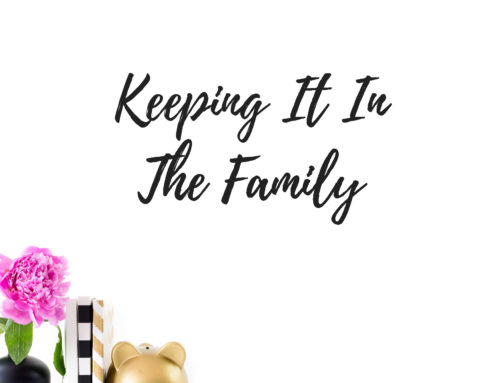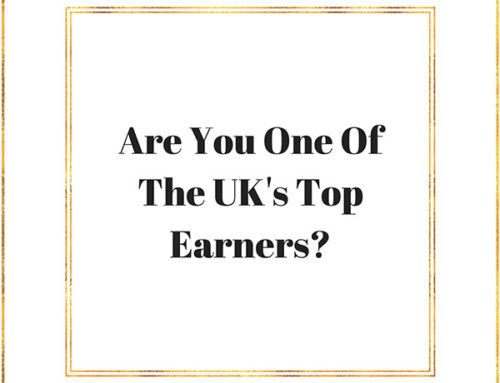Most clients that I meet do not really have a great grasp of tax and how it works. This morning I met a lady who had been burying her head in the sand and choosing not to invest because she was scared to incur taxes. When I explained that we would use her ISA allowance and capital gains tax allowance to protect her investments as much as possible from tax, she went a little pale. She realised that she had missed out on nearly a decade of growth which would have made her hundreds of thousands of pounds better off. A painful realisation. So here is my whistle stop tour of how tax works!
“In this world nothing can be said to be certain, except death and taxes.” Benjamin Franklin
How Does Income Tax Work?
The first tax bracket is 0%. This is called the personal allowance and most people can benefit from earning £11,850 (tax year 18/19) before you start to pay tax. From this point, you then start to pay basic rate tax which is currently 20%. You pay 20% all the way up to £46,350 (2018/19). This is then the start of the high rate tax payer which is a 40% tax. The 40% tax threshold ends at earnings of £150,000. From this point you become a higher rate tax pay which is 45%.
There is one extra thing that you need to know if you earn over £100,000. For every £1 you earn over £100,000 you lose 50p of your personal allowance and so you start to pay tax earlier.
All of the tax brackets and rates mentioned above are based on the figures for 2018/19. If you would like to check what current rates are you can do at www.gov.uk. Listen out too for The Budget.
Other Taxes to Know About
Dividends Tax
Dividend payments can be paid to you if you own shares in a company. It is common for company owners to take dividends out of their company on top of their earnings tht thy pay income tax on.
You are allowed to earn £2,000 in dividends before you pay tax. Above this the rate of tax that you pay depends on your income tax bracket. Don’t forget that if your dividends take you into the next tax bracket you will pay some tax in each.
| Tax Bracket | Tax Rate On Dividends |
| Basic Rate | 7.5% |
| Higher Rate | 32.5% |
| Additional Rate | 38.1% |
Capital Gains Tax
This is tax that you pay when assets that you own go up in value. Tax is paid when you sell the asset. It’s paid on the gain you made rather than the money you receive.
You don’t pay tax when you sell your main residence or if you transfer assets between spouses or civil partners. ISAs, UK Government Gilts, Premium Bonds and winnings (from betting or lottery) don’t usually incur capital gains tax either.
Like with income tax, capital gains tax also has a tax-free allowance. The Capital Gains tax-free allowance is £11,700 (2018/19). So if you make gains below this amount then you do not pay tax.
If you are a higher rate Income Tax payer then you pay capital gains tax at the following rates:
- 28% on residential property i.e. a buy to let investment
- 20% on other assets
If you are a basic rate tax payer you pay capital gains tax at the following rates:
- 18% on residential property i.e. a buy to let investment
- 10% on other assets
Please be aware though that if you make a large enough gain, you could end up paying some tax at the basic rate and then the rest at the higher rate.
Inheritance Tax
Inheritance tax is paid on the value of your assets when you die. You don’t pay inheritance tax if the total value of your estate is less than £325,000 or if you leave everything to a spouse/civil partner, a charity or a community amateur sports club.
If you leave your home to your children or grandchildren the £325,000 threshold is increased to £450,000.
If your assets are above the threshold then you pay tax at 40%.












Leave A Comment